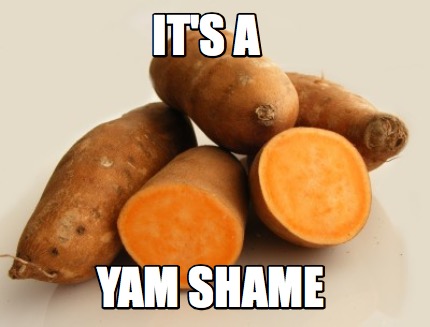- The Banggai archipelago is a remote landscape of around 97% limestone karst east of Indonesia’s Sulawesi Island.
- Extractive concessions on 39 locations on Peleng island, the largest island in the Banggai Islands district, may soon cut into the karst bedrock to mine the ancient limestone for cement, glass and other industrial applications.
- Indigenous villagers on Peleng Island say they worry the development could catalyze unprecedented local environmental damage, impairing the cultivation of unique yam varieties grown only here.
Deslin is known as the Ibu Kampung — “village mother” — of the Tolobuono Komba-komba Indigenous community here in the center of Peleng, one of a cluster of karst islands just east of the much larger Indonesian island of Sulawesi.
That honorific reflects Deslin’s advocacy against plans to quarry the limestone that surrounds Komba-komba village, and that makes up around 97% of the rest of the island chain, known as the Banggai Islands.
Karst systems like the Banggai Islands are landscapes of soluble bedrock riddled with caves and underground rivers formed by erosion from acidic water over millions of years. Around 15% of the world’s land surface is karst, or carbonate rocks, the most common of which are dolostone and limestone.
Indonesia accounts for around 155,000 square kilometers (60,000 square miles) of karst landscapes. Almost a tenth of this area has experienced degrees of environmental damage, mainly due to mining, according to Gadjah Mada University karst expert Eko Haryono.




